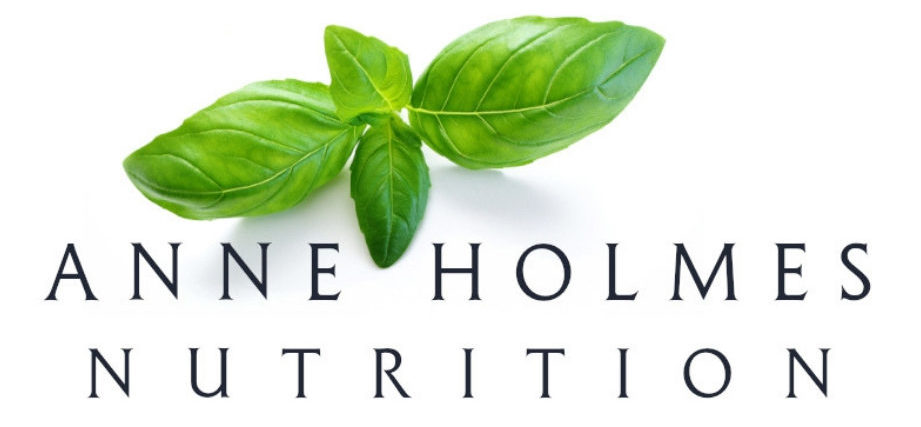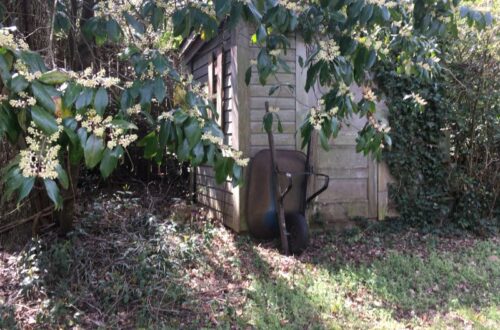
It’s Time To Plan Your Edible Flower Garden!
- Make your meals and various foods into works of art with beautiful edible flowers
- Attract butterflies, bees, and hummingbirds to your garden
- Many edible flowers are deer and pest-resistant
- Easy to grow
Edible flowers grow well when planted in containers and raised garden beds. One of the most helpful tricks that I have discovered is to section the garden bed into 6 parts or rectangles. In each section, plant one type or package of seeds and add a garden marker with the flower’s name. That way when the seedlings emerge, the weeds can be easily identified and pulled!
Some of the edible flowers I have grown include Borage, Calendula, Cornflower Bachelor Buttons, Chives-garlic and onion, Impatiens, Johnny Jump-Ups, Lavender, and Pansies. My favorite seeds to plant are Calendula because once they start blooming, Calendula will continue to produce for most of the year!



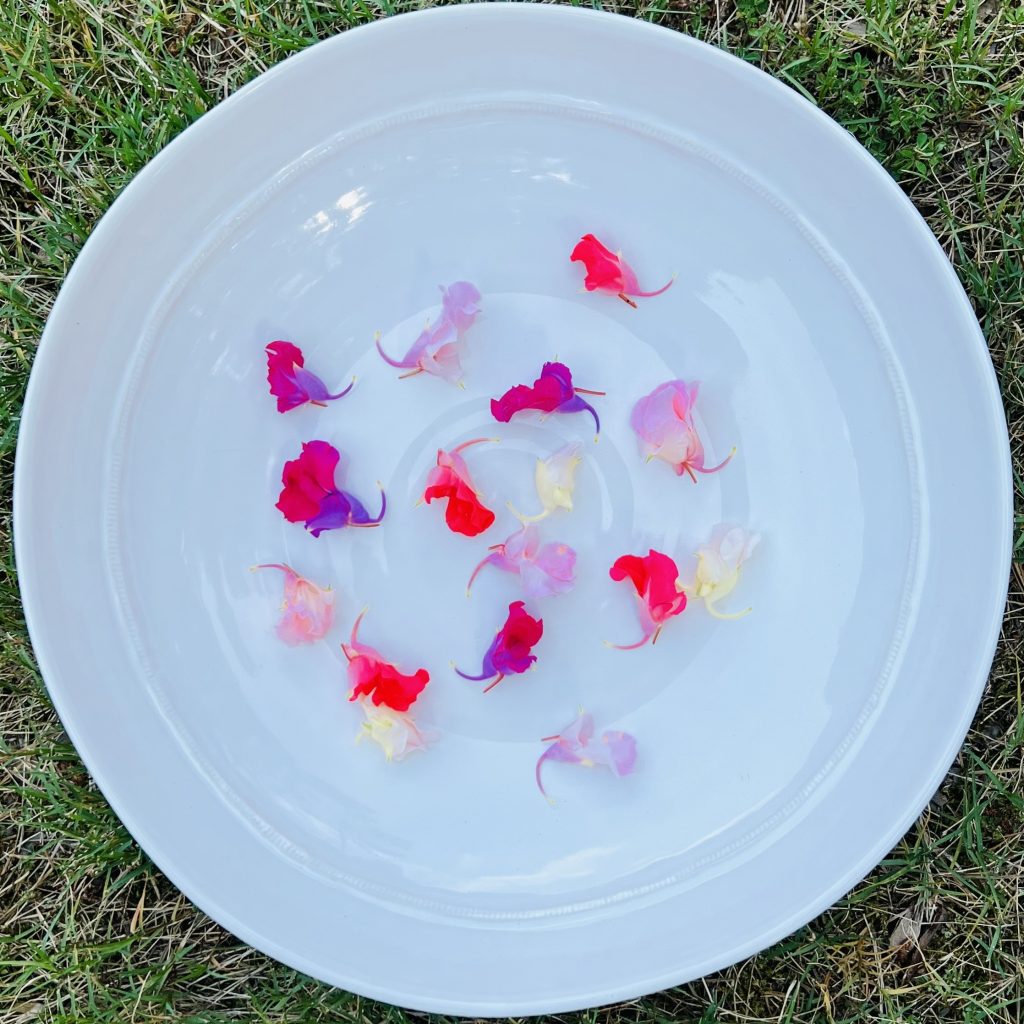
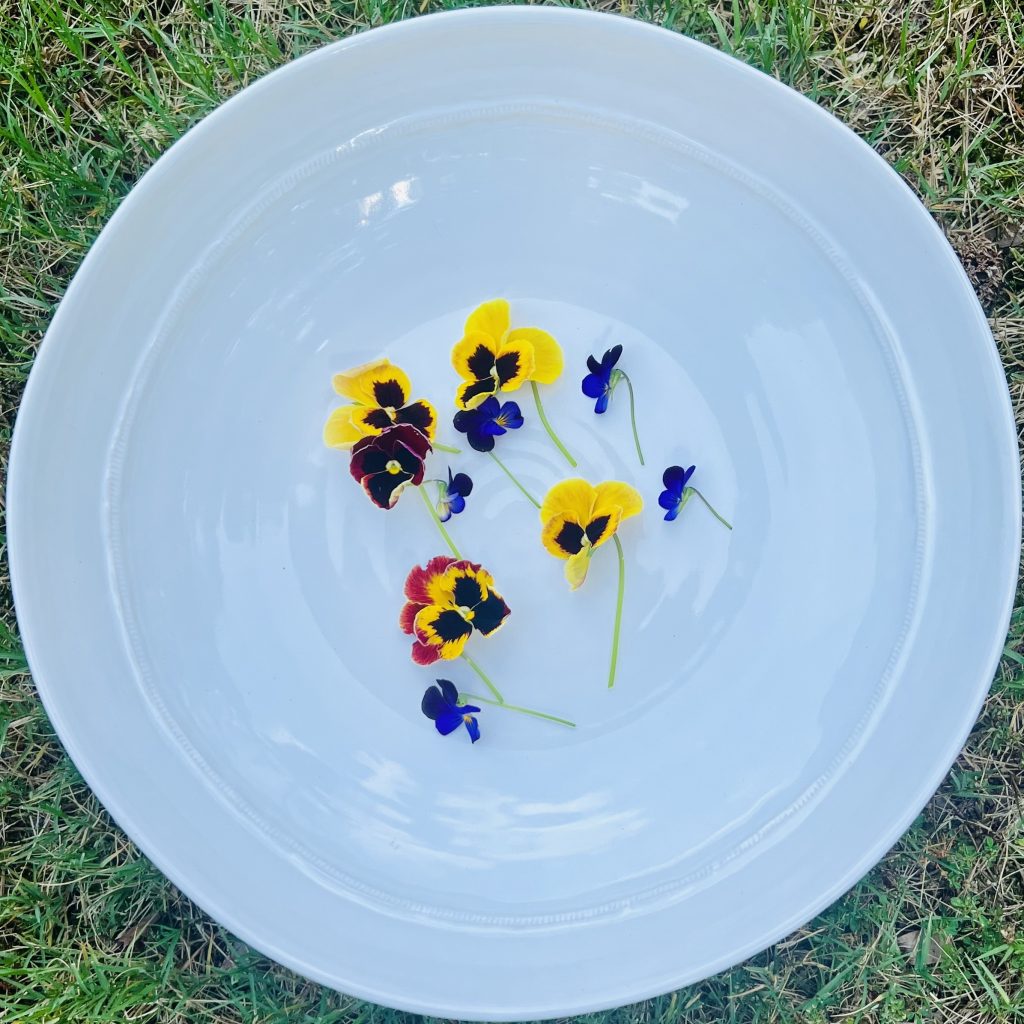
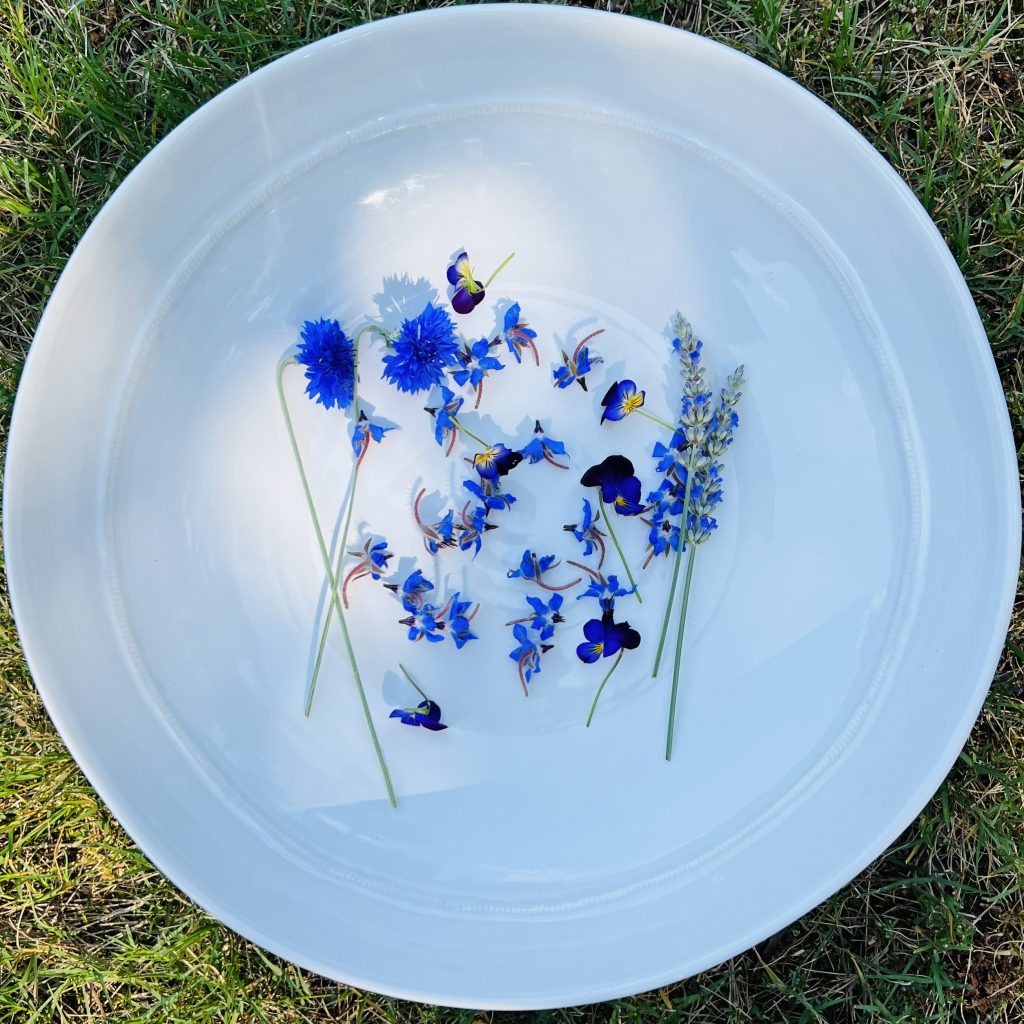
More pictures from my edible flower garden!


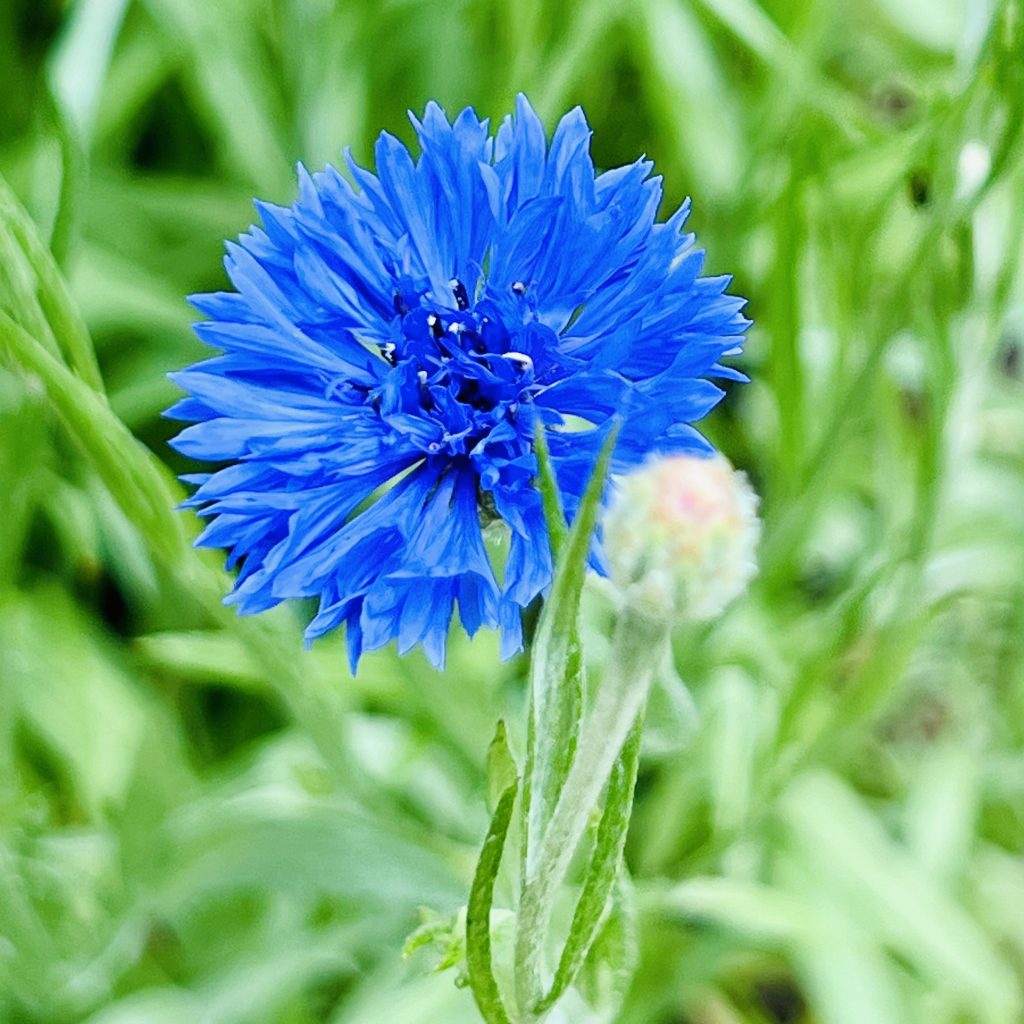
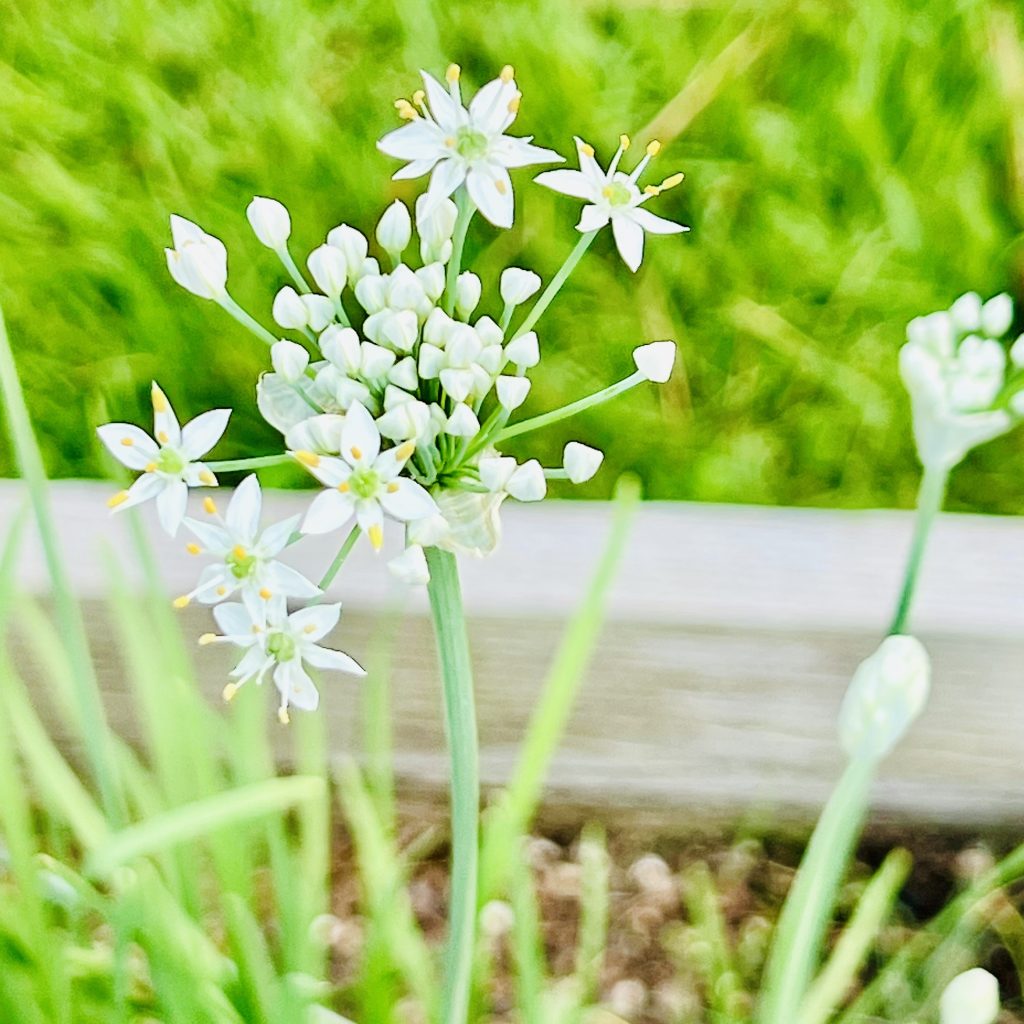

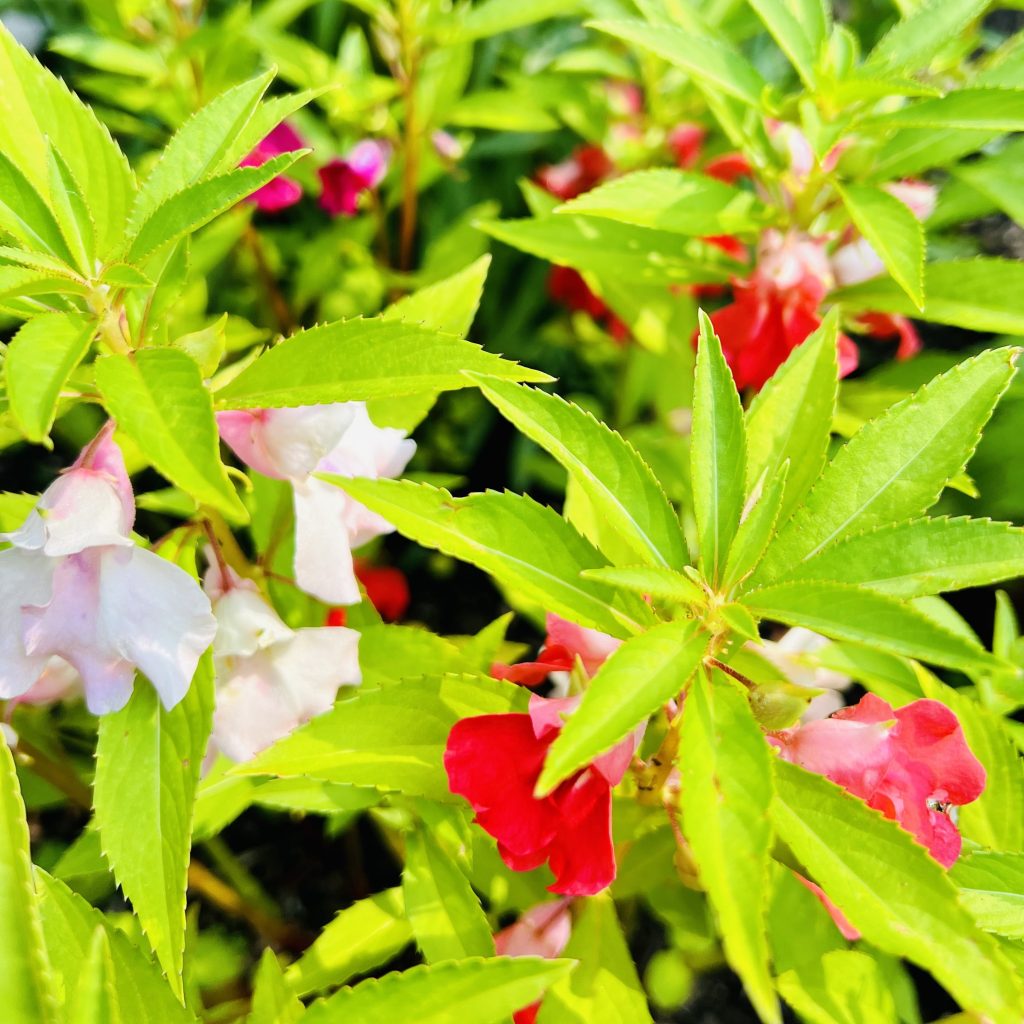
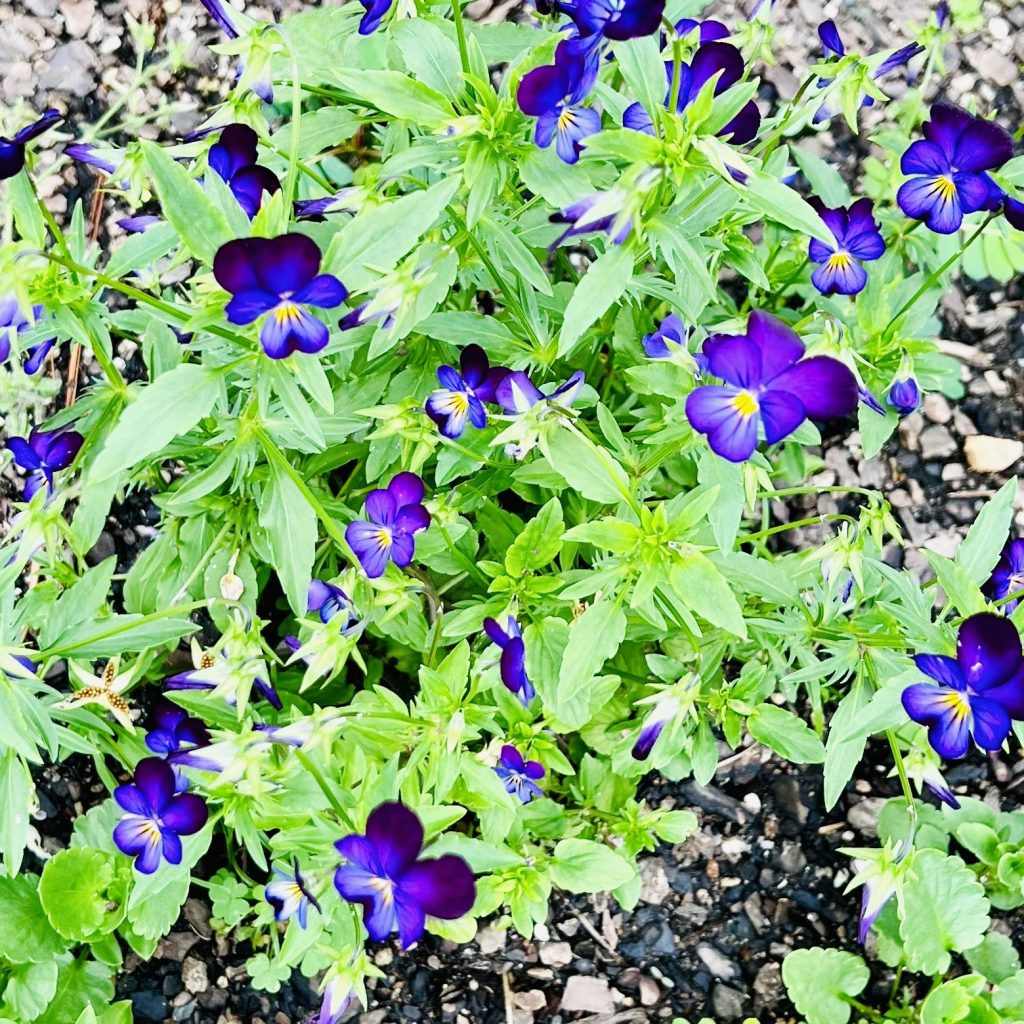
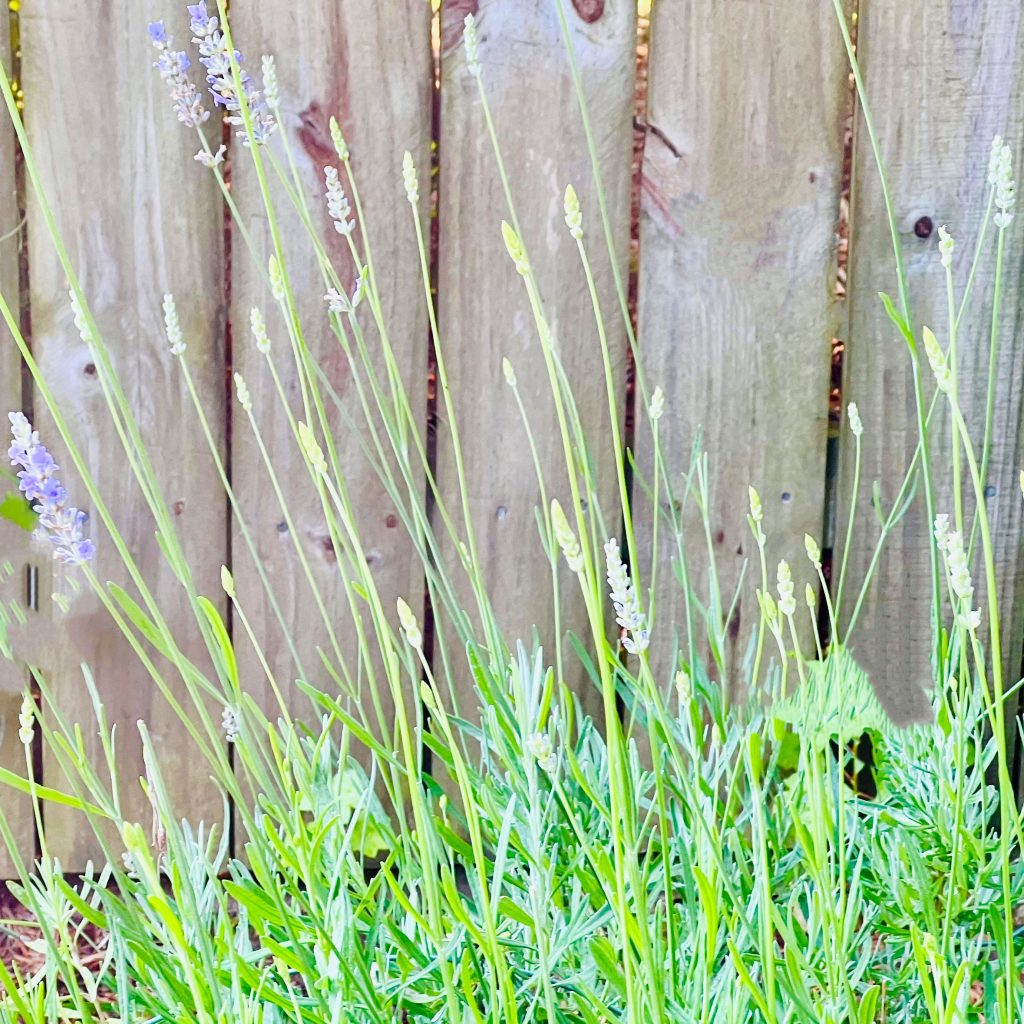
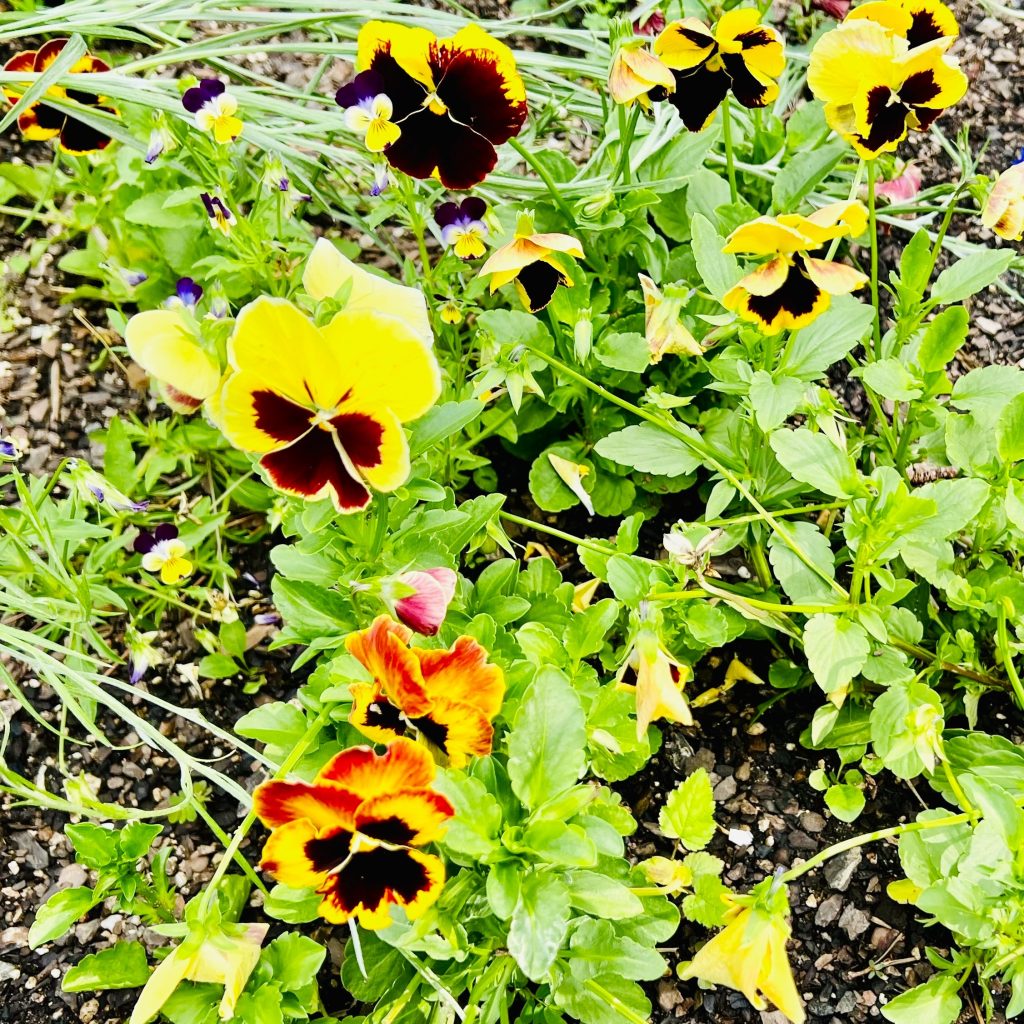
Important notes:
Avoid eating flowers purchased at plant nurseries or garden centers, unless they have been grown specifically for consumption and are labeled as such. Many flowers are sprayed with pesticides or treated and are not meant to be consumed.
You should research each flower that you choose to plant, especially if you plan to eat it. That way you can help ensure that the flower will not cause any negative impact to your health, particularly if you are pregnant or have a medical condition. Additionally, I suggest only consuming the petals in small amounts to avoid unintended health effects.
Resources:
NC State Extension’s “Choosing and Using Edible Flowers Guide” by Cyndi Lauderdale and Lucy Bradley.
While there are many places to purchase edible seeds, I like and often use Eden Brothers’ seeds. The seeds are of good quality and Eden Brothers provides support and information related to each seed.

